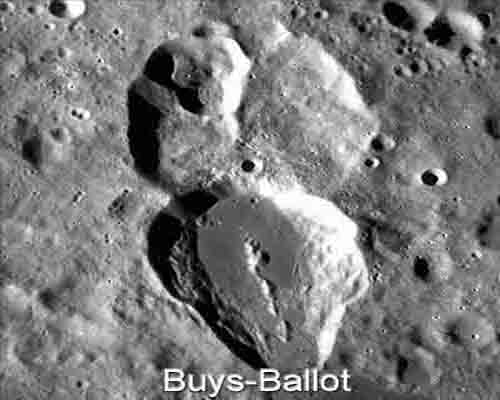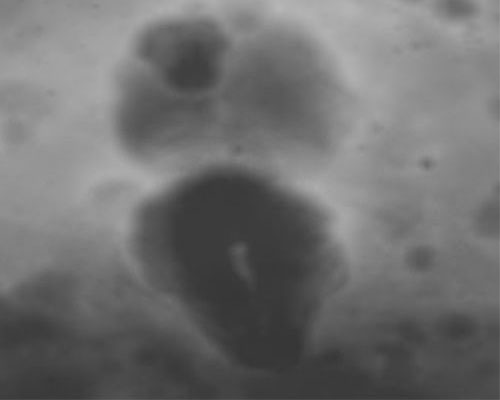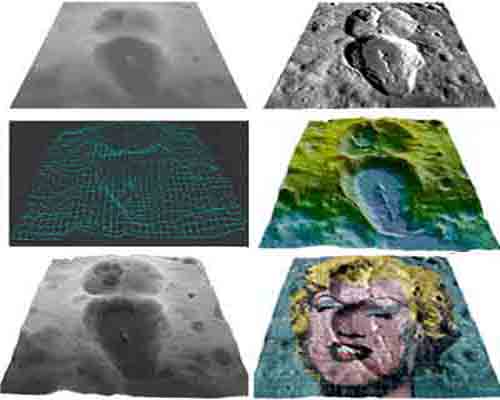Difference between revisions of "April 15, 2011"
(Created page with "__NOTOC__ =On the Fly= <!-- ws:start:WikiTextHeadingRule:1:<h1> --> ---- ===COMMENTS?=== Click on this icon image:PostIcon.jpg at the upper right to post a c...") |
|||
| Line 4: | Line 4: | ||
<!-- ws:start:WikiTextHeadingRule:1:<h1> --> | <!-- ws:start:WikiTextHeadingRule:1:<h1> --> | ||
| + | <table class="wiki_table"> | ||
| + | <tr> | ||
| + | <td><!-- ws:start:WikiTextLocalImageRule:22:<img src="/file/view/lpod-top-left.jpg/219920064/lpod-top-left.jpg" alt="" title="" /> -->[[File:Lpod-top-left.jpg|lpod-top-left.jpg]]<!-- ws:end:WikiTextLocalImageRule:22 --><br /> | ||
| + | </td> | ||
| + | <td><!-- ws:start:WikiTextLocalImageRule:23:<img src="/file/view/lpod-top-right.jpg/219920066/lpod-top-right.jpg" alt="" title="" /> -->[[File:Lpod-top-right.jpg|lpod-top-right.jpg]]<!-- ws:end:WikiTextLocalImageRule:23 --><br /> | ||
| + | </td> | ||
| + | </tr> | ||
| + | <tr> | ||
| + | <td><!-- ws:start:WikiTextLocalImageRule:24:<img src="/file/view/lpod-bottom-left.jpg/219920062/lpod-bottom-left.jpg" alt="" title="" /> -->[[File:Lpod-bottom-left.jpg|lpod-bottom-left.jpg]]<!-- ws:end:WikiTextLocalImageRule:24 --><br /> | ||
| + | </td> | ||
| + | <td><!-- ws:start:WikiTextMediaRule:0:<img src="http://www.wikispaces.com/site/embedthumbnail/youtube/jGzmf7IzCTE?h=400&w=500" class="WikiMedia WikiMediaYoutube" id="wikitext@@media@@type=&quot;youtube&quot; key=&quot;jGzmf7IzCTE&quot; height=&quot;400&quot; width=&quot;500&quot;" title="YouTube Video"height="400" width="500"/> --><iframe width="500" height="400" src="//www.youtube.com/embed/jGzmf7IzCTE" frameborder="0" allowfullscreen></iframe><!-- ws:end:WikiTextMediaRule:0 --><br /> | ||
| + | </td> | ||
| + | </tr> | ||
| + | </table> | ||
| + | |||
| + | <em>Images</em> John Moore<br /> | ||
| + | <br /> | ||
| + | Normally referred to as [http://www.lpod.org/?m=20060904 pear-shaped] in form, Buys-Ballot (BB) crater on the farside of the Moon - together with its northern neighbour BB-Z – looks to all intents and purposes like an exotic orchid without the side petals. The top ‘dorsal sepal’ shows the nice dividing ridge typically seen in flowers of this genera, while ‘Bee-Bee’ itself (pun intended) should really have been called the ‘tongue’ of the flower rather than its official ‘lip’ classification. From a geological perspective, each region can broadly be explained – younger BB having formed from an oblique impact, while Z has fought some impact wars (crater BB-Y in its north-west sector looks similar to BB - is it, too, an oblique impact or related in some way to the original impactor?). Whatever the cause to these puzzlers, let alone others like [http://www.lpi.usra.edu/meetings/LPSC98/pdf/1863.pdf BB’s melt deposit] or Z’s division, would a ’flyover’, or should that be a ‘flower-over’ be of help in contributing any knowledge? Flyovers, as such, are slowly becoming very popular, as they allow a virtual tour of a region – from satellite data – to be done. They are normally used by the professionals for determining certain aspects about a region, for example, how the lay-of-the-land runs, or how structural and erosional effects over a period of time has affected a particular terrain (and that's for any planet or moon). Some 'gamers' are also using them to project fantastical environments for their own story-line creations, while others use them simply to create 3-D images in the biological, electronical and cosmological area. As we're interested mainly in the lunar area, a step-by-step approach on today's LPOD in 3-D animation has been produced [http://the-moon.wikispaces.com/Flyovers+-+An+Introduction here]. Hopefully, while it might in some way contribute some further understanding and discussion towards the whole BB region, it's use will also encourage more 'flyovers' of the Moon to be made.<br /> | ||
| + | <br /> | ||
| + | <em>[mailto:jayem4646@eircom.net John Moore]</em><br /> | ||
| + | <br /> | ||
| + | <strong>Related Links</strong><br /> | ||
| + | [http://www.youtube.com/watch?v=jGzmf7IzCTE&feature=mfu_in_order&list=UL YouTube] video of flyover (available as of 13 April 2011).<br /> | ||
| + | <hr /> | ||
Revision as of 20:40, 1 January 2015
On the Fly
 |
 |
 |
<iframe width="500" height="400" src="//www.youtube.com/embed/jGzmf7IzCTE" frameborder="0" allowfullscreen></iframe> |
Images John Moore
Normally referred to as pear-shaped in form, Buys-Ballot (BB) crater on the farside of the Moon - together with its northern neighbour BB-Z – looks to all intents and purposes like an exotic orchid without the side petals. The top ‘dorsal sepal’ shows the nice dividing ridge typically seen in flowers of this genera, while ‘Bee-Bee’ itself (pun intended) should really have been called the ‘tongue’ of the flower rather than its official ‘lip’ classification. From a geological perspective, each region can broadly be explained – younger BB having formed from an oblique impact, while Z has fought some impact wars (crater BB-Y in its north-west sector looks similar to BB - is it, too, an oblique impact or related in some way to the original impactor?). Whatever the cause to these puzzlers, let alone others like BB’s melt deposit or Z’s division, would a ’flyover’, or should that be a ‘flower-over’ be of help in contributing any knowledge? Flyovers, as such, are slowly becoming very popular, as they allow a virtual tour of a region – from satellite data – to be done. They are normally used by the professionals for determining certain aspects about a region, for example, how the lay-of-the-land runs, or how structural and erosional effects over a period of time has affected a particular terrain (and that's for any planet or moon). Some 'gamers' are also using them to project fantastical environments for their own story-line creations, while others use them simply to create 3-D images in the biological, electronical and cosmological area. As we're interested mainly in the lunar area, a step-by-step approach on today's LPOD in 3-D animation has been produced here. Hopefully, while it might in some way contribute some further understanding and discussion towards the whole BB region, it's use will also encourage more 'flyovers' of the Moon to be made.
John Moore
Related Links
YouTube video of flyover (available as of 13 April 2011).
COMMENTS?
Click on this icon File:PostIcon.jpg at the upper right to post a comment.



